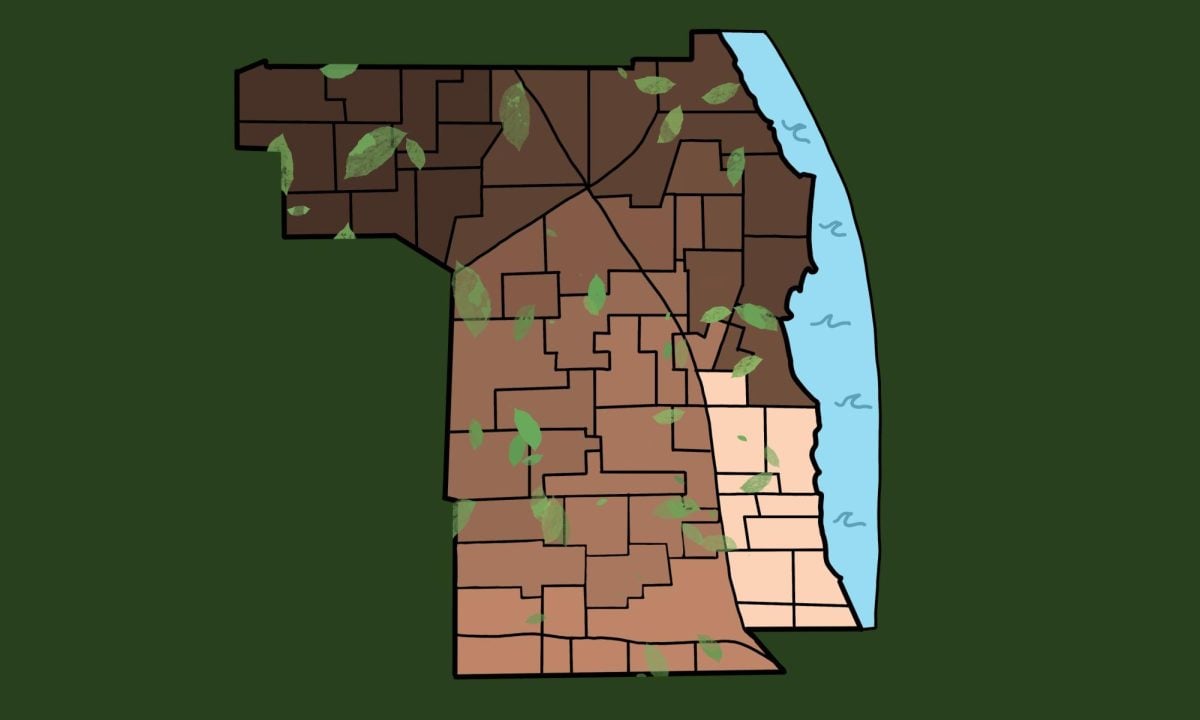For the past two years, Environmental Justice Evanston has been working on a prototype of a map based on environmental equities data in partnership with the city.
The geographic information system mapping tool, set in motion in October 2022 by Mayor Daniel Biss as part of the Environment Equity Investigation, will identify the places in Evanston facing significant environmental disadvantages.
The city presented EJE with a prototype of the tool last year, said Jerri Garl, the co-chair of the organization, which is a branch of local environmental advocacy group Climate Action Evanston.
EJE then gave the city several recommendations for the map, including incorporating data from the city’s EPLAN report, according to Garl.
The Evanston Project for the Local Assessment of Needs is conducted every five years by the city’s Health and Human Services Department. In 2022, the EPLAN report revealed health inequities in the city’s historically Black 5th ward, where the life expectancy is five to 13 years shorter compared to neighboring wards.
Douglas Sharp, EJE’s GIS expert, said that a life expectancy parameter was not included in the mapping tool’s prototype. EJE recommended that the city add the EPLAN data as additional data layers to the prototype.
Sharp said he wants the tool to include environmental justice indicators like access to transportation services and tree canopy coverage.
“We need to really get down to the street level to know what is important to people in the neighborhoods,” Sharp said.
EJE also made recommendations on the mapping tool’s interface, Sharp added. The group felt the usability of the tool could be improved and suggested using hyperlinks as opposed to text on the screen, he said.
EJE has also been conducting listening sessions with residents to understand how environmental justice impacts them and to better inform the city’s investigation.
Sharp said that listening sessions may yield further data elements that could later be incorporated into the mapping tool.
EJE met with the city in early January to discuss the prototype. Although progress has been slow, Garl said that the mapping tool is an ongoing responsibility for the group.
Evanston’s Sustainability and Resilience Manager Cara Pratt said the city is still in the “early stages” of incorporating EJE’s suggestions into the model.
“The city hopes that the tool helps Evanstonians better understand their neighborhood — the history and present conditions,” Pratt said. “Ideally this tool would also be used to inform City decision-making so that decisions align with our commitments to environmental justice and racial equity.”
Email: mishaoberoi2027@u.northwestern.edu
Related Stories:
— Evanston launches environmental justice investigation
— Evanston Health Department finds health inequities in 5th Ward



















